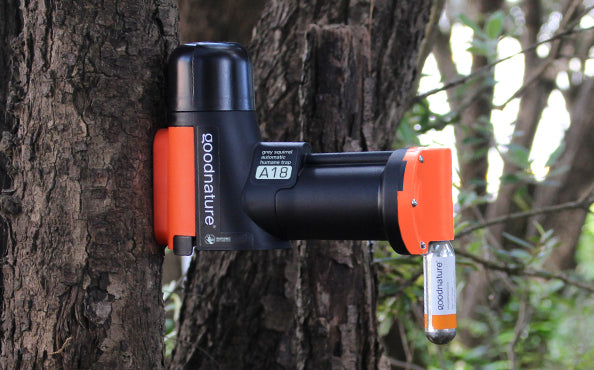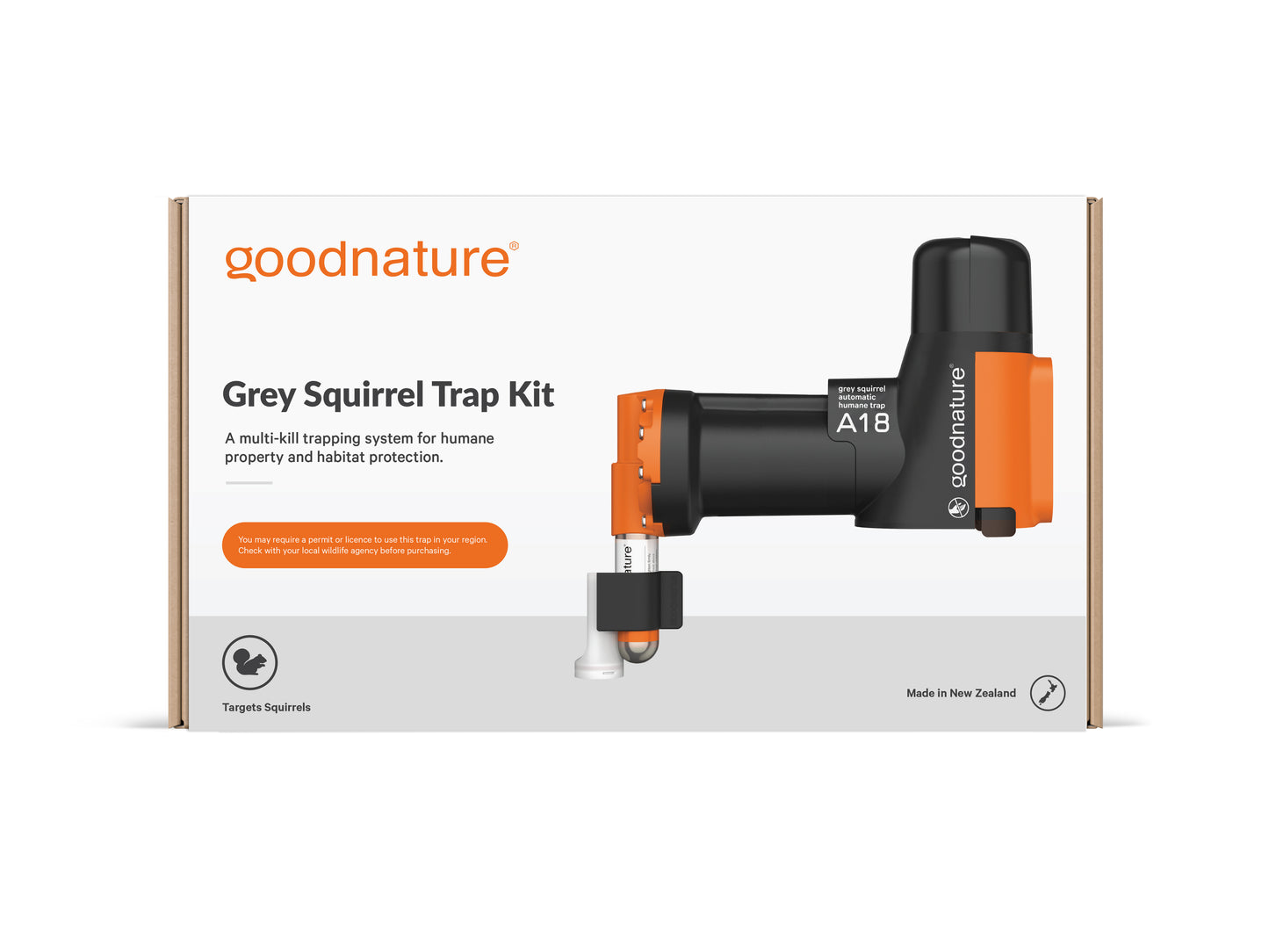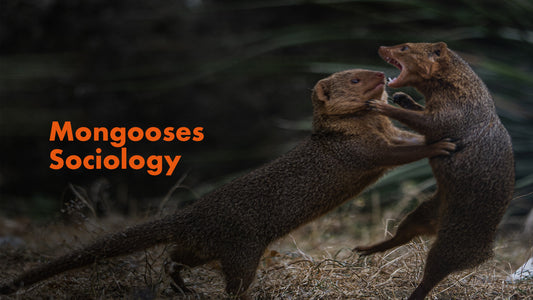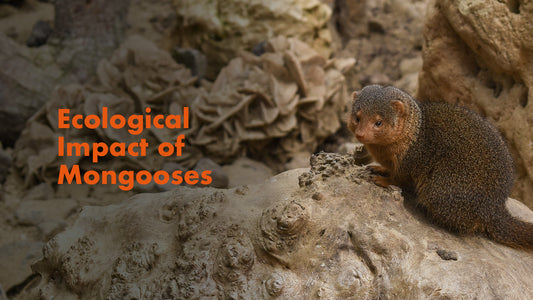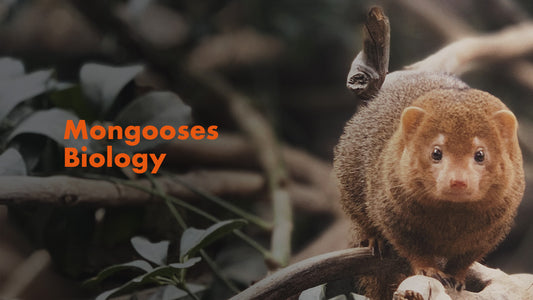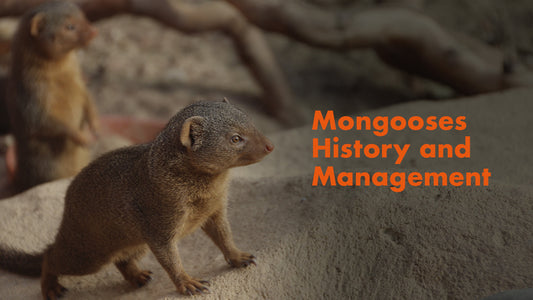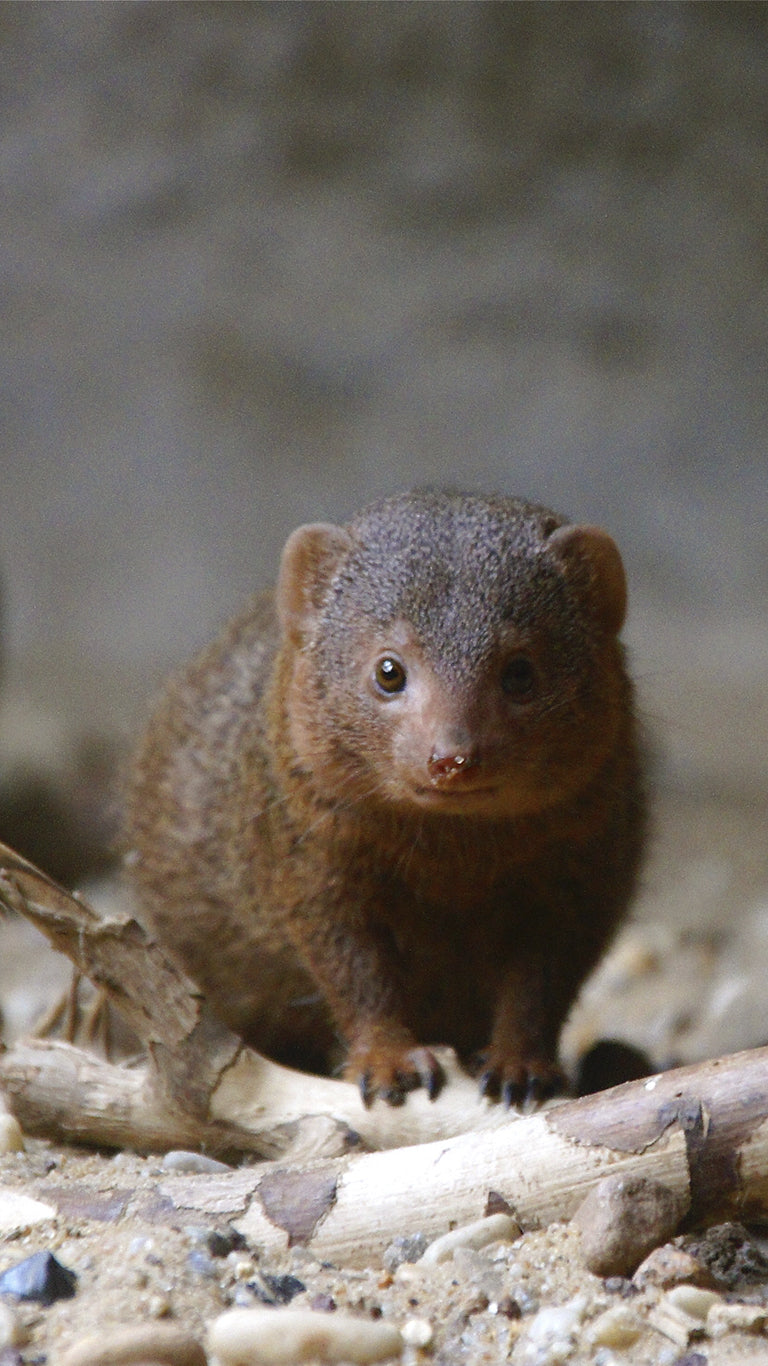
About Mongooses
Mongoose species are not native to the United States, so there are no mongoose species that are indigenous to the country. Moongoses are primarily found in Africa, Asia, and some parts of Europe. They are known for their sleek bodies, pointed snouts, and sharp claws, which make them efficient predators of small mammals, insects, and reptiles. Some mongoose species are known for their ability to take on venomous snakes, such as cobras, and are resistant to their venom.
In the United States, the most famous reference to mongooses is often related to the story of the mongoose's introduction to control non-native snakes in Hawaii. The small Indian mongoose (Herpestes auropunctatus) was intentionally introduced to Hawaii in the late 1800s and early 1900s to control the population of invasive rats and snakes, such as the brown tree snake. However, this introduction had unintended consequences and did not effectively control the snake population while negatively impacting native bird species.
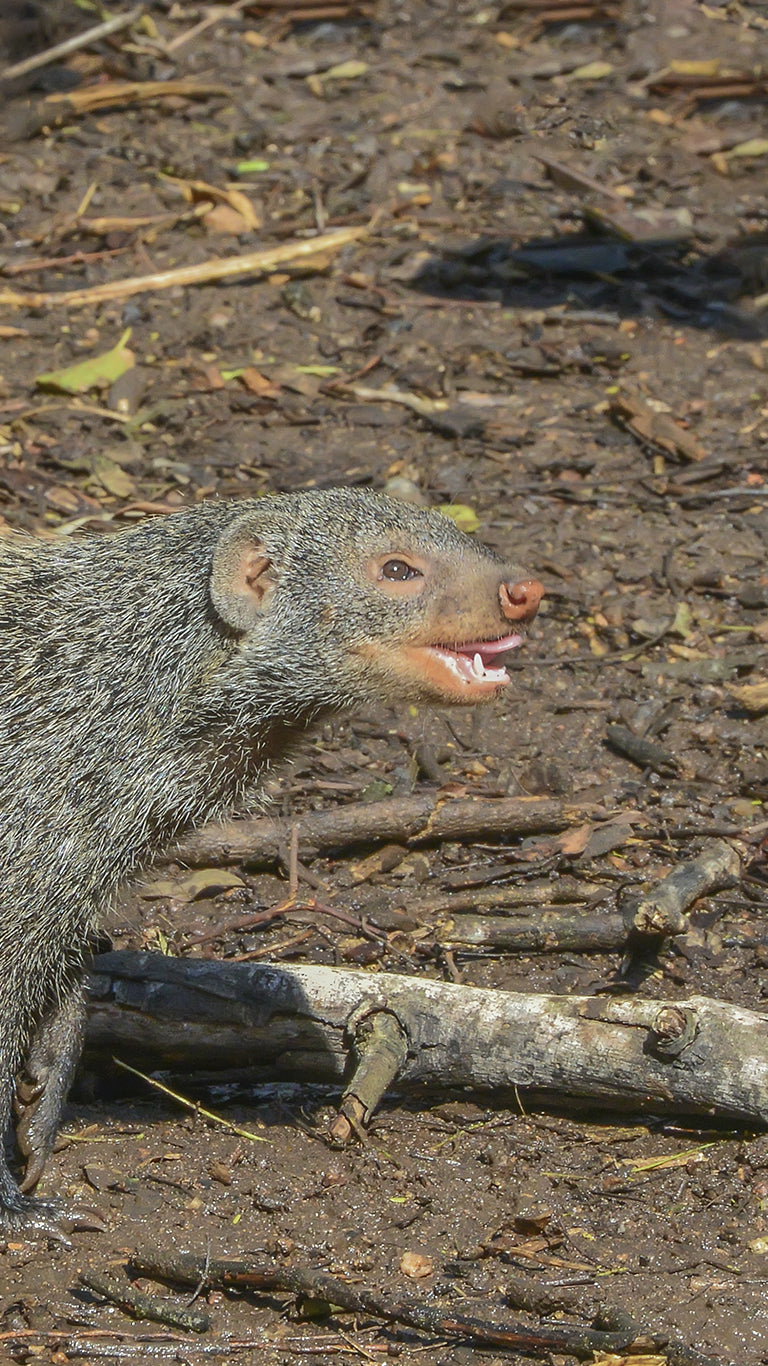
Historical Context
The introduction of the small Indian mongoose (Herpestes auropunctatus) to Hawaii in the late 19th century stemmed from a pressing agricultural issue: invasive rats were wreaking havoc on sugarcane crops, prompting plantation owners to seek a natural solution. In 1883, 72 mongooses were deliberately imported from regions like Jamaica and Barbados, where they were previously introduced to combat pests, and released on the island of Maui as an experimental rat control method. However, the mongoose introduction quickly led to unintended consequences. Despite their diurnal nature and preference for birds, insects, and other wildlife over rats, the mongooses failed to effectively control the rat population, and their opportunistic omnivorous habits led to declines in native bird populations and disrupted local ecosystems. The introduction process, motivated by the desire to protect sugarcane crops, ultimately resulted in ecological imbalances and serves as a cautionary example of the importance of considering the complex dynamics of ecosystems and thoroughly researching the impacts of introducing non-native species into new environments.
If you possess specialized knowledge or profound insights that you're currently applying or believe will benefit others, we encourage you to share your expertise with us.
Your valuable wisdom can greatly enrich our community and empower fellow trappers!
Now that you know your target, meet our top mongoose killer!

Automatic Trap Company
A18 Squirrel Trap Kit With Digital Strike Counter
Share


